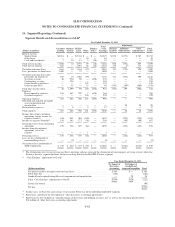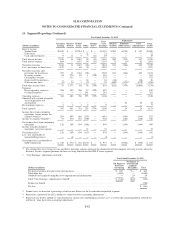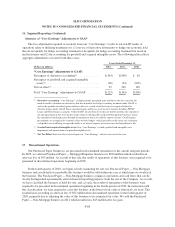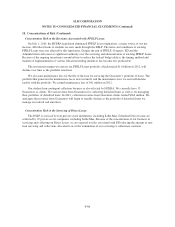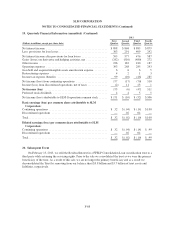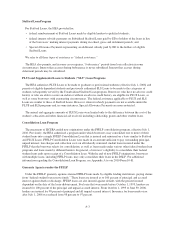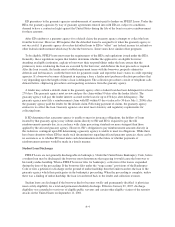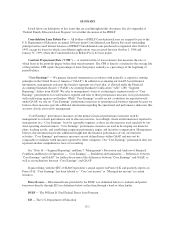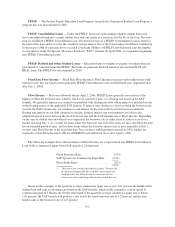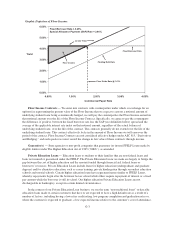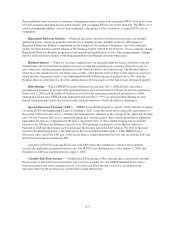Sallie Mae 2012 Annual Report Download - page 200
Download and view the complete annual report
Please find page 200 of the 2012 Sallie Mae annual report below. You can navigate through the pages in the report by either clicking on the pages listed below, or by using the keyword search tool below to find specific information within the annual report.On December 23, 2011, the President signed the Consolidated Appropriations Act of 2012 into law. This law
includes changes that permit FFELP lenders or beneficial holders to change the index on which the Special
Allowance Payments are calculated for FFELP Loans first disbursed on or after January 1, 2000. The law allows
holders to elect to move the index from the Commercial Paper (“CP”) Rate to the one-month London Inter Bank
Offered Rate (“LIBOR”). Such elections have been made by April 1, 2012.
Eligible Lenders, Students and Educational Institutions
Lenders who were eligible to make loans under the FFELP generally included banks, savings and loan
associations, credit unions, pension funds and, under some conditions, schools and guaranty agencies. FFELP
Loans were made to, or on behalf of, a “qualified student.” A “qualified student” is an individual who
• is a United States citizen, national or permanent resident;
• has been accepted for enrollment or is enrolled and maintaining satisfactory academic progress at a
participating educational institution; and
• is carrying at least one-half of the normal full-time academic workload for the course of study the student is
pursuing.
A student qualified for a subsidized Stafford Loan if his family met the financial need requirements for the
particular loan program. Only PLUS Loan borrowers have to meet credit standards.
Eligible schools included institutions of higher education, including proprietary institutions, meeting the
standards provided in the HEA. For a school to participate in the program, the U.S. Department of Education
(“ED”) had to approve its eligibility under standards established by regulation.
Financial Need Analysis
Subject to program limits and conditions, student loans generally were made in amounts sufficient to cover the
student’s estimated costs of attending school, including tuition and fees, books, supplies, room and board,
transportation and miscellaneous personal expenses as determined by the institution. Generally, each loan
applicant (and parents in the case of a dependent child) underwent a financial need analysis.
Special Allowance Payments (“SAP”)
The HEA provides for quarterly Special Allowance Payments to be made by ED to holders of student loans to
the extent necessary to ensure that they receive at least specified market interest rates of return. The rates for
Special Allowance Payments depend on formulas that vary according to the type of loan, the date the loan was
made and the type of funds, tax-exempt or taxable, used to finance the loan. ED makes a Special Allowance
Payment for each calendar quarter.
The Special Allowance Payment equals the average unpaid principal balance, including interest which has
been capitalized, of all eligible loans held by a holder during the quarterly period multiplied by the special
allowance percentage.
For a discussion on the computation of the special allowance percentage and special allowance margin, see
Appendix A to our 2010 Form 10-K.
Fees
Loan Rebate Fee. A loan rebate fee of 1.05% is paid annually on the unpaid principal and interest of each
Consolidation Loan disbursed on or after October 1, 1993. This fee was reduced to .62% for loans made from
October 1, 1998 to January 31, 1999.
A-2



